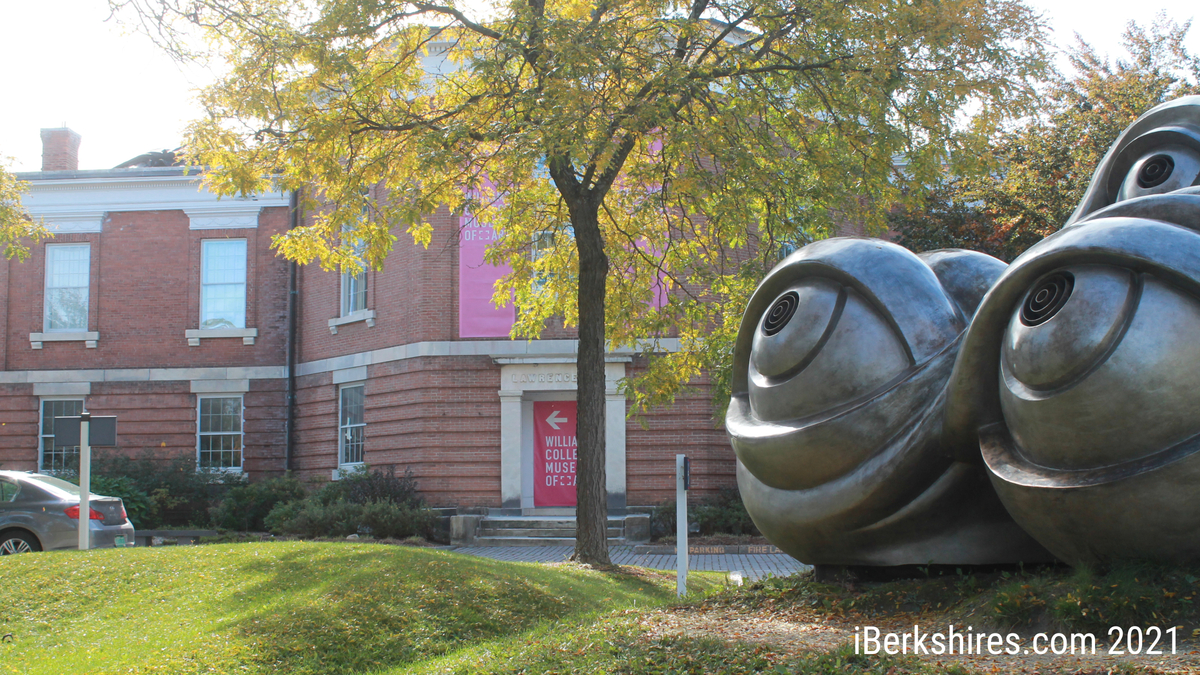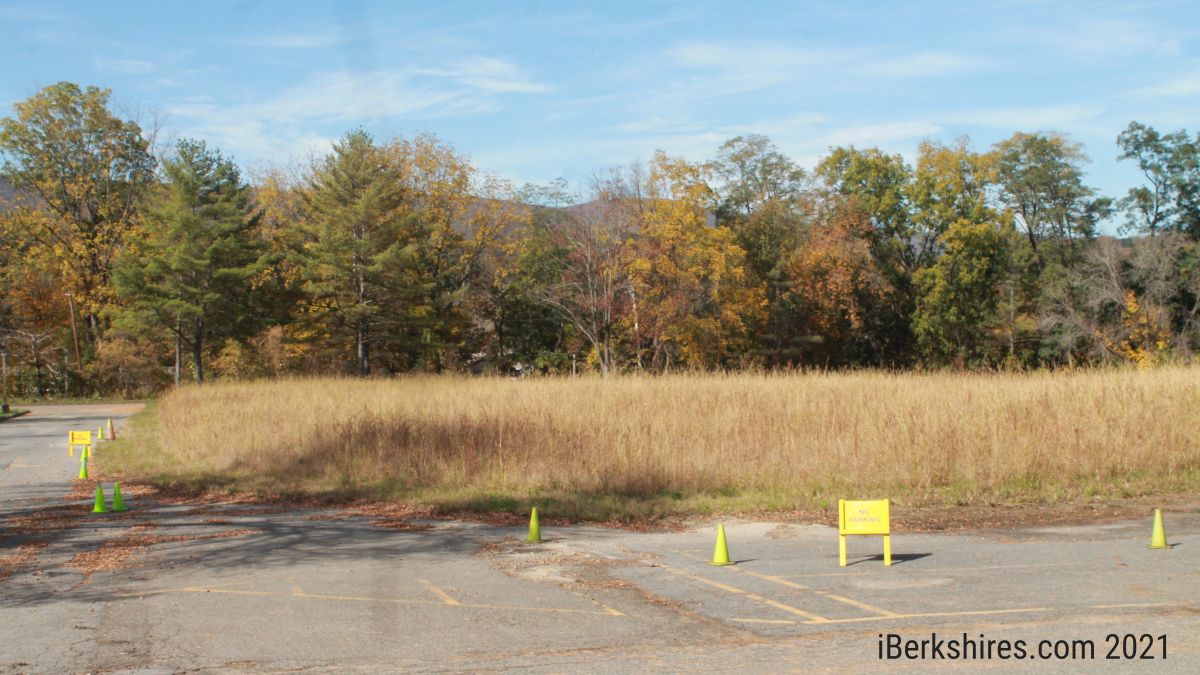
Williams College Museum of Art to Begin Design Phase for New Building / iBerkshires.com


The site of the old Williams Inn will be WCMA’s new location.
WILLIAMSTOWN, Mass. — The Williams College Museum of Art has been in the queue for a new building for years as the college has dramatically revamped its campus over the past two decades.
Now the nearly 100-year-old museum is finally getting its turn at a new facility.
The Board of Trustees vote at its last meeting to enter the design phase marks a significant step forward in relocating the museum from the 1846 Lawrence Hall. The trustees two years ago voted to site any new building at the now vacant lot where the old Williams Inn once stood.
“We have been doing really extensive building programming study and work for the last 22 months, since January of 2020, to come up with the space needs for the museum and the art at the college,” said Pamela Franks on Friday, the Class of 1956 director of the museum. “And now, with the completion of this programming exercise, the decision is to go forward to design.”
The museum has been housed in Lawrence Hall since its founding in the 1920s. The octagon hall on the south side of Main Street was the college’s original library and has been expanded numerous times over the past 180 years, the last in 1986.
The deficiencies in the museum’s infrastructure have been cataloged for some time — there are problems with climate control across the five different buildings that now make up the museum; a lack of classroom, office and studio space; difficulty in accessing the building for pedestrians and motorists; no space for further expansion; and little room for an art collection and faculty that has grown exponentially, particularly over the last two decades.
The collection has meanwhile grown to more than 15,000 items, including more than 1,000 from philanthropist Peter Norton and 340 objects of African art from Drs. Carolyn and Eli Newberger just in this century. The bulk of the collection is stored offsite.
Franks, who came to WCMA from Yale University Art Gallery in 2018, said the pandemic lengthened the amount of time that was spent on developing the programming study that will inform the design. The original 10-month study turned into 22 after the novel coronavirus pandemic struck in March 2020. The work was done in consultation with architecture firm Deborah Berke Partners of New York City.
“We ended up being able to delve even more deeply and it was a really rich and productive discussion of a very consultative project,” she said. “It’s a project with lots of conversations with students, faculty, community members and alumni, and, of course, museum staff.”
The museum also did some outreach with other regional museums, especially with the nearby Clark Art Institute and the Massachusetts Museum of Contemporary Art. The project will really benefit from having that additional time, Franks said.
“And it’s very abstract because it’s not about how the museum will look or what the spaces will look like, but it’s about functions and simply space needs,” she said. “You’re looking at classrooms, you’re looking at gallery spaces, you’re talking about back of house preparation spaces … every kind of function you can imagine.”
Space needs are a priority, and not just for classrooms and offices. There’s specialized furniture for exhibiting art and where does that furniture live when it’s not being used, and where is the art going to be exhibited.
And for instance, the single Rose Object Classroom can be used for displaying pieces of the collection for seminar studies.
“That is extremely popular classroom and it is used really pretty continuously,” she said. “As a college museum, the academic connections are really deep with the Art Department, and then really wide across every department on campus.”
The collection cuts a broad swat across history and culture, with links to every discipline on campus, Franks continued, “so being able to access the collection for teaching is a huge part of what we do …
“Every year there’s math classes, biology classes, chemistry classes, but also for the art classes, art history classes and literature classes … We have this kind of signature course every other year that is both an art course and an economics course, on acquiring art for the museum collection. Our program is very much tied to the educational mission of Williams College.”
The museum is also, of course, open to the public and Franks sees its global and historical range as very complementary to the Clark ‘s largely European focus and Mass MoCA’s contemporary works.
“Gallery space is essential to show the collection” to serve both an academic and public audience, Franks said. “But we also want the museum to be extremely accessible and welcoming for all.”
College President Maud Mandel, in a statement Monday, said the new museum will grow out of the college’s commitment to the arts that has defined it for more than a century.
“Each year, faculty, students, and museum staff incorporate our collections into dozens of courses, ranging from art history to anthropology, biology, environmental studies, and mathematics, while our curators mount exhibitions that engage campus and diverse public audiences,” she said. “The new museum’s educational and exhibition spaces will open up new possibilities for our work with campus and community. In the process, they’ll also create further opportunities for collaboration with the thriving arts community of the northern Berkshires. This is far more than a building. It’s the next step in Williams’ commitment to the vibrancy, relevance, and educational importance of the arts.”
Museum construction is still some ways off. The museum staff knows what it needs to function and now it will be up to finding a designer who can bring that vision to life. The cost is also unknown at this point, but the college spent more than $80 million on the new Sawyer Library seven years ago.
Franks anticipates more campus and town discussion as the plans for the building began to take shape. The building project will proceed on a timeline aligning with WCMA’s centennial year of 2026-27.
The old Williams Inn location had been considered one of two potential spots for a new museum. The other, at the intersection of Main and Southworth streets, was abandoned after pushback for residents in that neighborhood.
The inn was purchased by the college in 2014 and demolished last year after the opening of a new inn at the bottom of Spring Street.
Franks said she was excited to be part of this next stage for WCMA.
“I think we have a real an incredible opportunity to have a building that really works beautifully with not only the campus and the town but with also with the landscape,” she said.
Tags: WCMA, Williams College,
